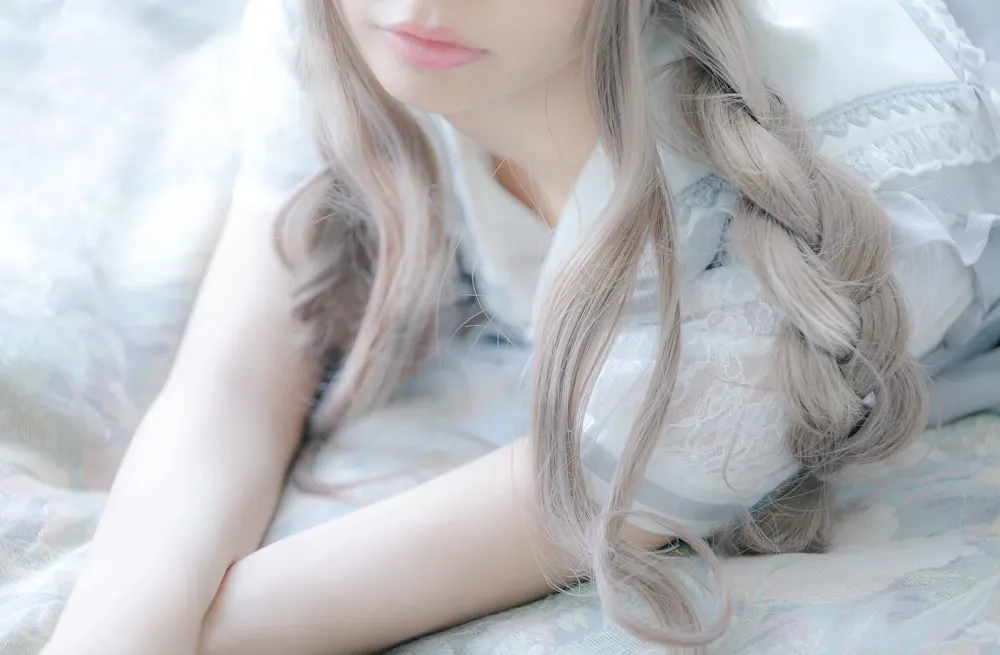
By Kati Chitrakorn, CNN
Milan (CNN) — Dressing for the “female gaze” is a concept that has gained ground in fashion over the past decade, with the term — which first emerged in response to a 1975 essay by the British film theorist Laura Mulvey, who wrote about the objectification of women from a male perspective in film — being more prevalent, historically, within the context of the arts.
The need for a female perspective has arguably never been greater — yet, in luxury fashion, it is particularly lacking. The fact that top executive jobs in the industry are primarily held by men is an open secret, and, these days, the women designers appointed to lead high-end brands are so few that you can count them on one hand.
That’s what makes Bottega Veneta, and its British designer Louise Trotter, such a unique case. And this weekend, their pairing proved to be a virtue, as Trotter presented her first collection for the Italian label during Milan Fashion Week at its usual venue in the Piazzale Lodi area.
Unlike past shows staged by its former designer Matthieu Blazy (now at Chanel), this time the set was comparatively sparse, with only stools made of gummy colored Murano glass laid out for guests — including actors Julianne Moore, Uma Thurman, Michelle Yeoh, “Adolescence” star Owen Cooper, and RM of K-pop band BTS — to sit on. In that sense, attendees had little to distract them from the clothes.
Since joining Bottega Veneta in January, Trotter has sought to draw attention to the fashion house’s roots as a “Venetian artisanal shop,” the literal translation of its name. 59 years ago, founders Michele Taddei and Renzo Zengiaro opened a store in the northeastern town of Vincenza, selling high quality, discreet and elegant wares. Today, craft remains at the heart of Bottega Veneta’s DNA, and its products continue to be made by artisans in its Italian ateliers. Such was also the focus of the brand’s 2025 ad campaign — the first under Trotter — which pictured the hands of its artisans and brand ambassadors, including Tyler the Creator, Jack Antonoff, and Zadie Smith.
Trotter’s decision to let the craft speak for itself was evident in the show, where the real highlights were the shoes (there was a range of heels, loafers and clogs) and bags (several made with the label’s trademark “intrecciato” leather weave), which in true Bottega Veneta fashion had no obvious branding. Backstage, Trotter talked about creating “soft functionality,” and what it means “to wear a bag without a logo.” (To do so, “you have to be confident,” she said.)
Meanwhile, the clothes were tactile and engaging: There were many desirable wardrobe staples like the jacquard and leather outerwear, and several smart trousers. There was plenty of experimentation, too, seen via the shimmering tops in punchy shades like Big Bird yellow and flaming vermilion red, and the tinsel skirts that swished in all directions as models walked to a custom soundtrack by the British artist Steve McQueen.
Even for seemingly simple styles, there was more than meets the eye: One dress, shown on the runway in two colorways (black and white), came with straps — though one was intentionally designed to fall off the shoulder. In her past roles, designing for French labels Carven and Lacoste, respectively, Trotter has always thought of the body as a canvas. Her designs neither cling to the body nor hang off it — instead they act like sculptures, with just enough distance between the clothes and the person. The result is often a graceful and flattering look that is neither too tight nor too loose.
While most global luxury brands have struggled in recent years with slowing sales, Bottega Veneta — which shares the same owner at Gucci, Saint Laurent and McQueen — has fared better than its peers, with sales up 1% in the first half of 2025.
Trotter’s impact on Bottega Veneta remains to be see in this regard, but her ability to create desire is essential in an environment with such high price points and where people are preoccupied with more than clothes. Her influence is evident in that many stylish women — and increasingly, men (see Jacob Elordi, who has in recent months frequently sported the brand in his public appearances) — are eager to wear her clothes, no matter where Trotter works. That’s sure to be a boon to business.
Trotter said she thought of Laura Braggion, Bottega Veneta’s first female creative lead, who was also part of Andy Warhol’s legendary art studio, The Factory, in New York. She explained: “I was imagining her journey, her freedom of being an archetypal Italian woman, moving to New York and that experience. It was a liberation for her, and that’s what I wanted to say.”



